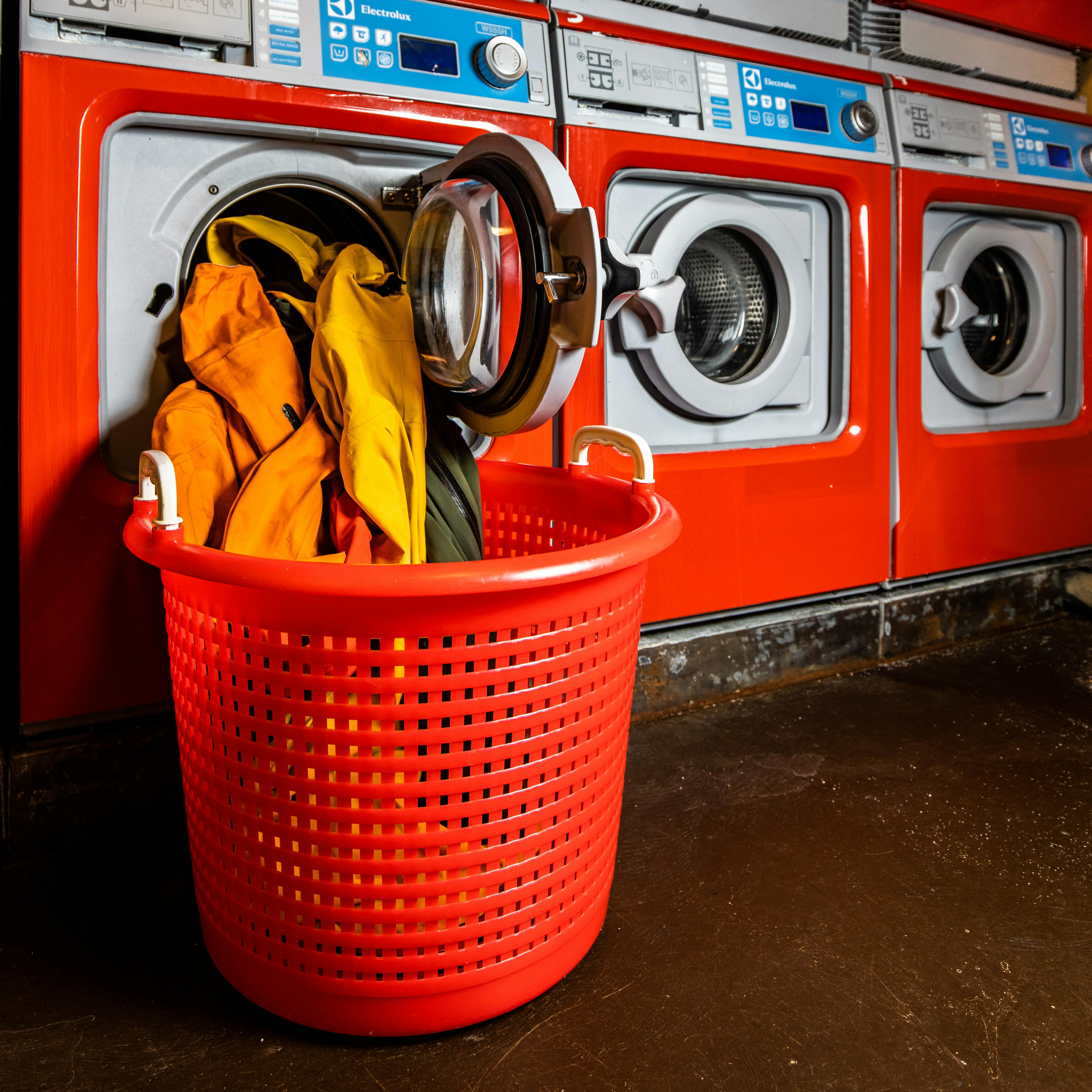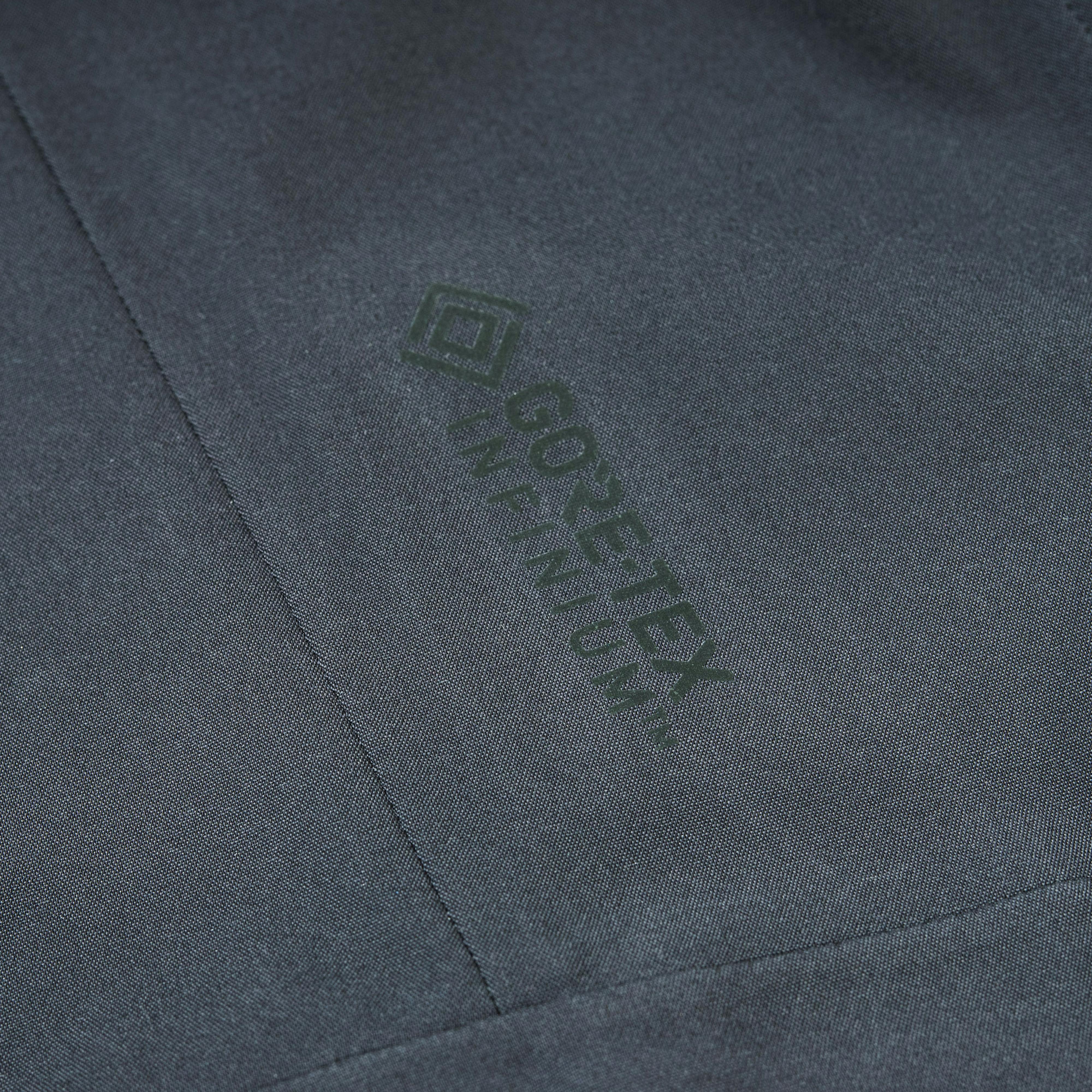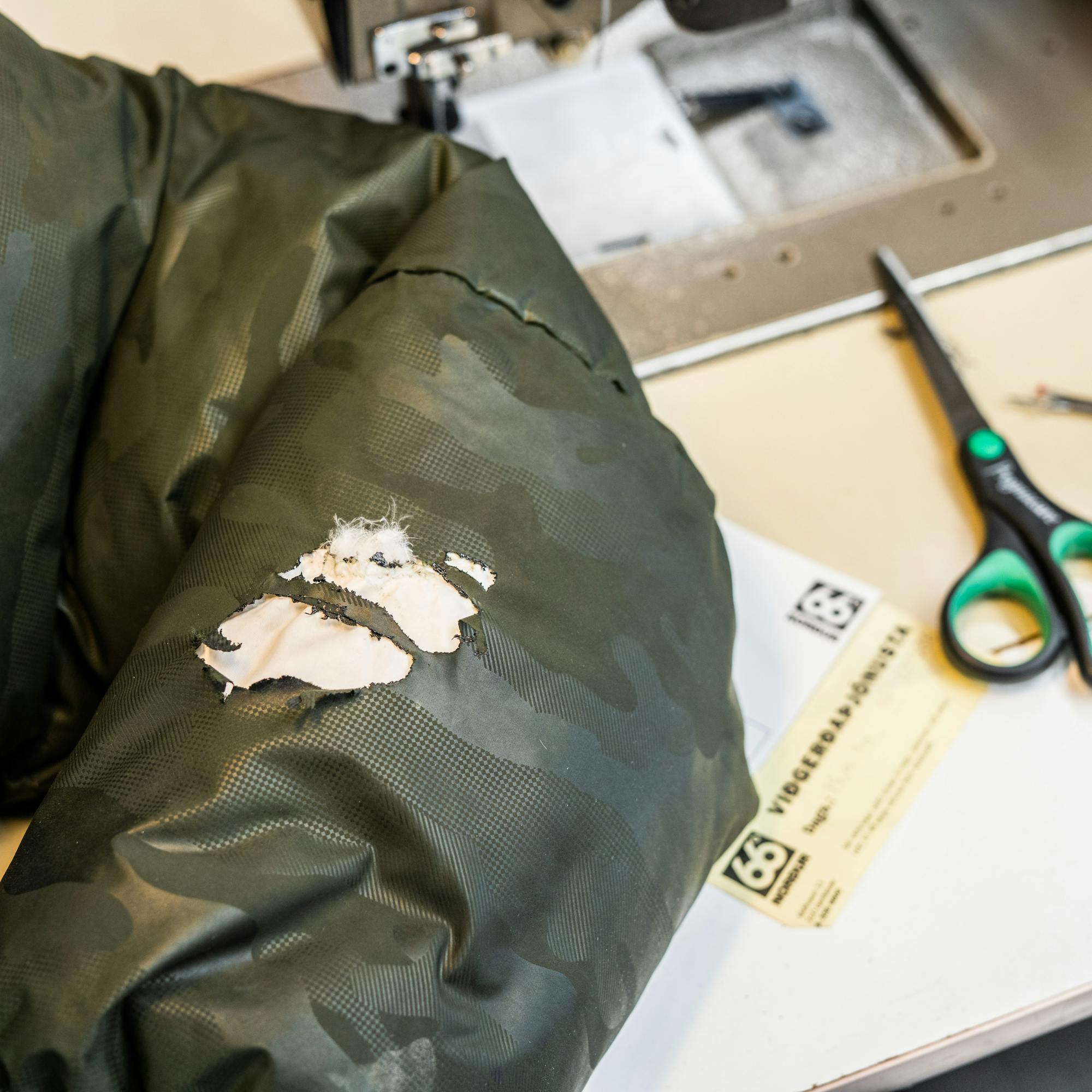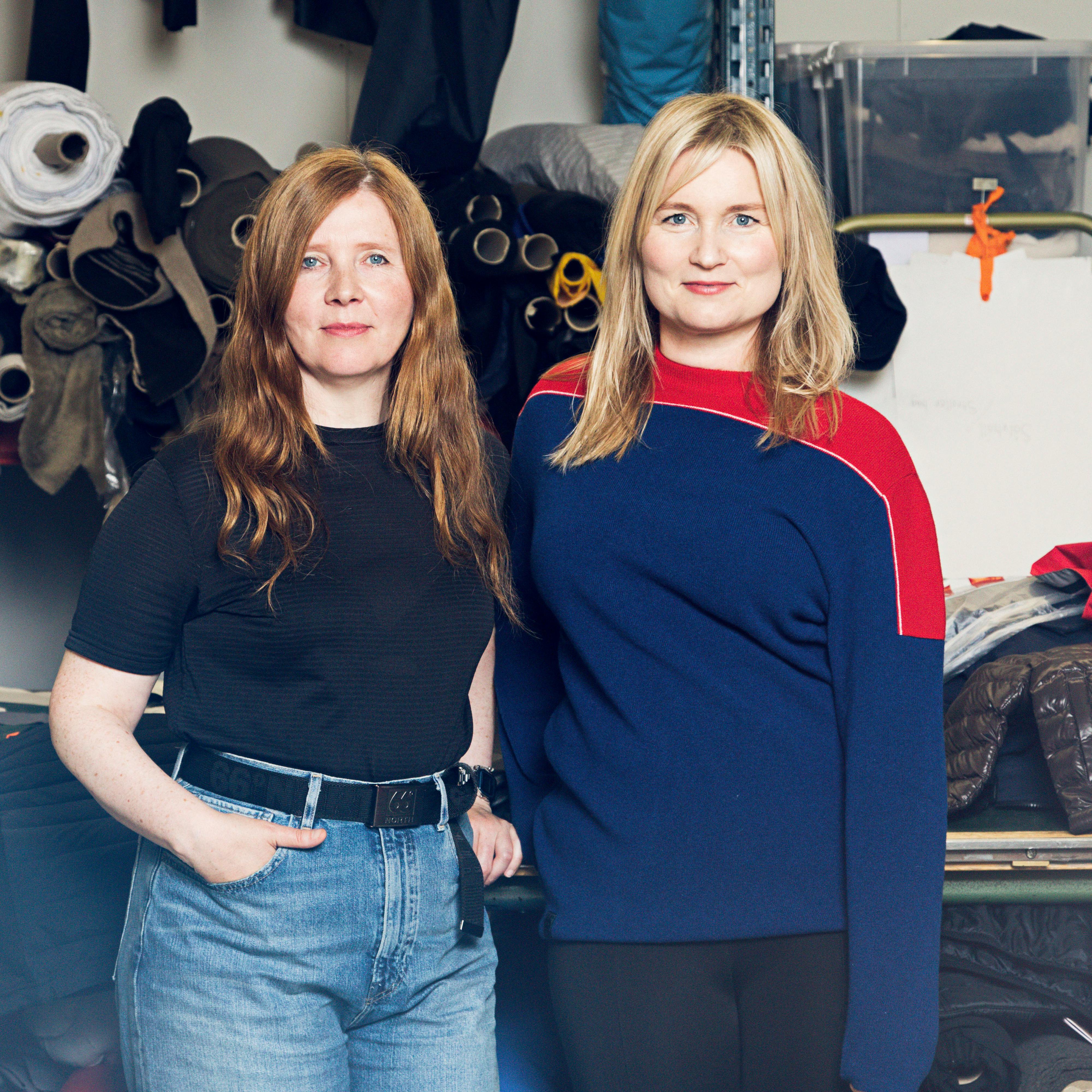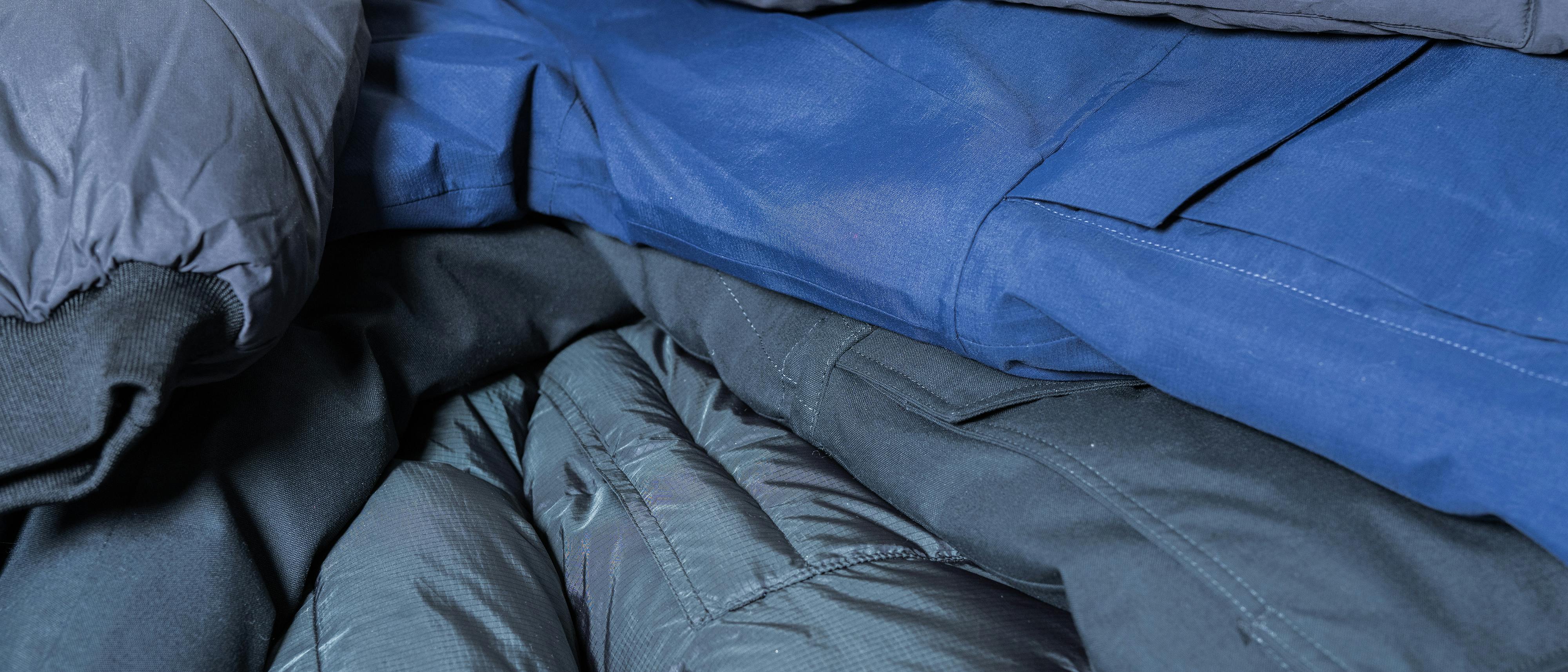
Materials
We are actively expanding our use of recycled, upcycled, biodegradable, or organic natural fibers. When considering new materials - function, necessity, and longevity come first.
We would rather make a garment that lasts for a decade rather than one which is slightly more “sustainable” in the short term but has material that will break down and lead to waste after two or three years.
Similarly, when it comes to animal by-products such as fur, we do not take this choice lightly. A jacket like Jökla is designed for outdoor professionals in Arctic conditions. Unlike faux fur, a fur collar will prevent frostbite in subzero conditions, last longer, won’t shed microfibers, and will make the parka more useful for a longer time—improving longevity through function and protection, thereby reducing waste in the long run.
We work with respected fabric and accessories suppliers. Our goal is to source and use as much we can of materials that are certified and traceable to the highest standard.
Our commitment is to only work with suppliers that deliver outstanding quality.
We are always trying to lower our environmental footprint without compromising on durability and quality.
Recycled and biodegradable materials are an exciting solution that we plan to use further in our lines.
For our premium clothing line, it is our goal to source material locally such as Icelandic eiderdown and Icelandic shearling.
Preferred materials
The materials we choose are a direct response to our design approach. We select durable fibers and fabrics to make garments that last - minimizing harm to the environment and best serving our customers. We would rather make a garment that can be worn for a decade or more, than a more short-term "sustainable" alternative that might break down after two or three years, creating waste and driving consumption.
A preferred material is a fiber or raw material that delivers reduced impacts and increased benefits for climate, nature, and people against the conventional equivalent.
of the SS22 collections are made with preferred materials (43% in 2021)
What we use
Our ambition is to be fully transparent with all our raw materials and provide clear information on the industry standard they meet as well as the origins of those materials.
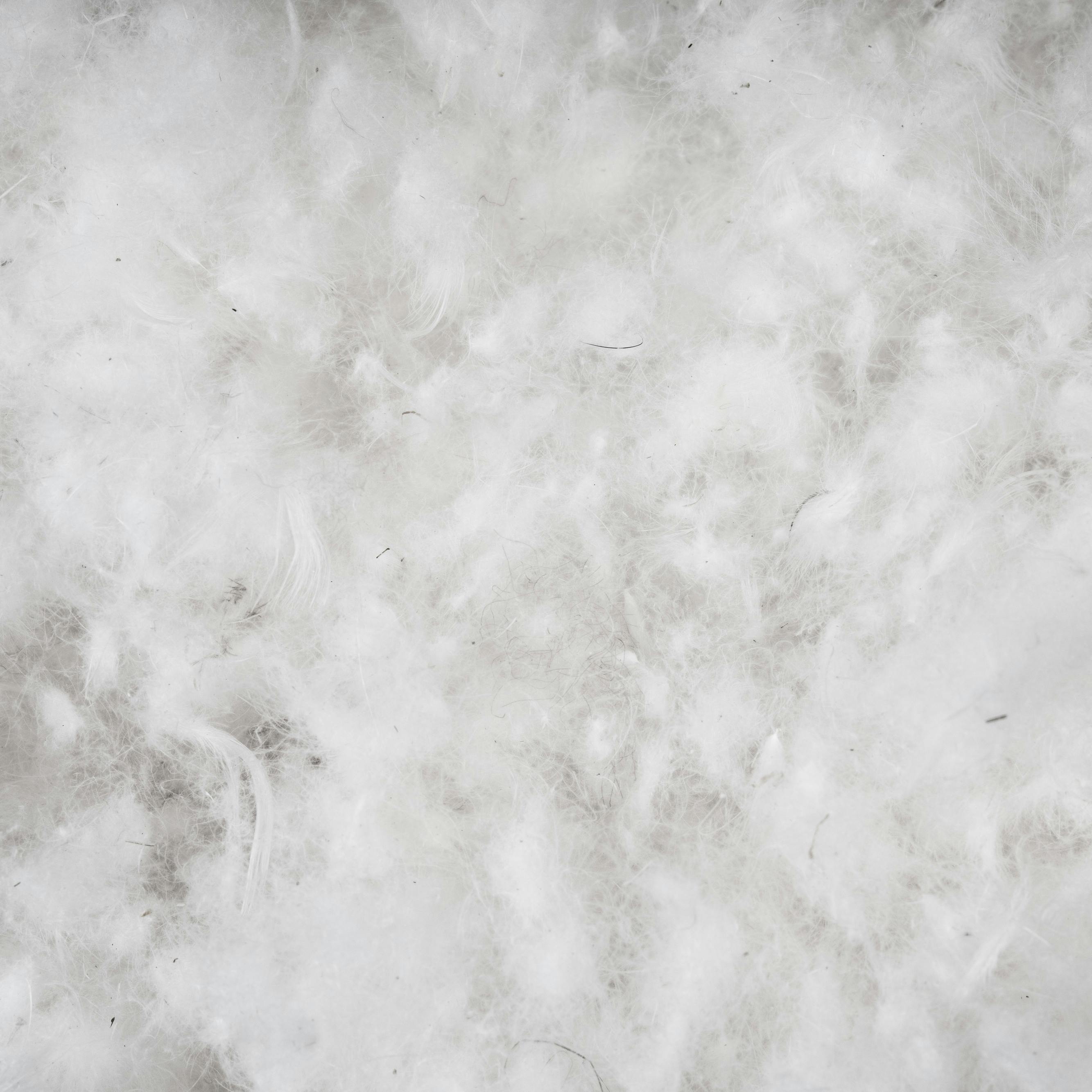
All down used in 66°North products is from our long-term partner in Germany which holds certificates for Responsible Down Standards, Downpass, The OEKO-TEX® Standard 100, and VET certification.
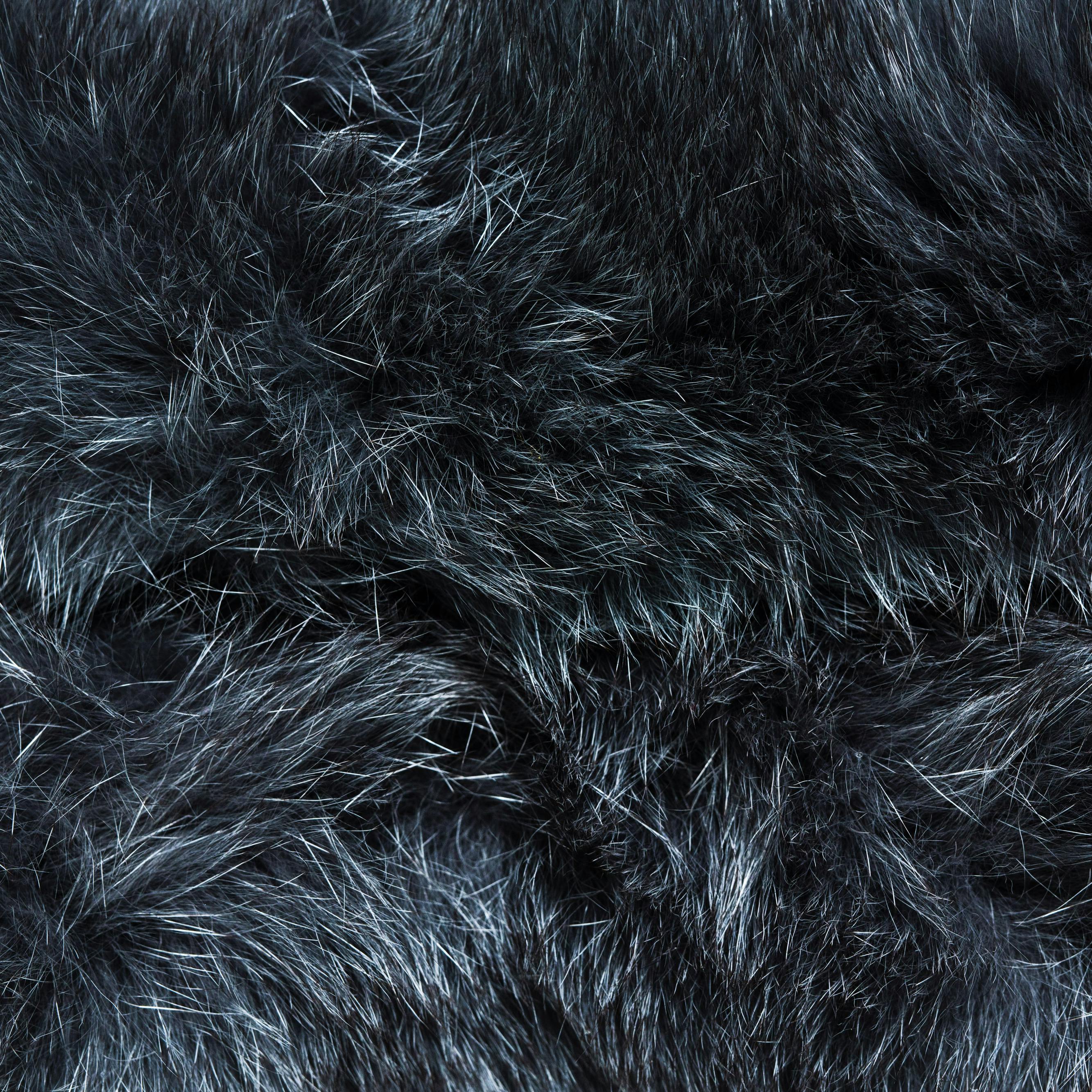
All real fur used in 66°North products is from the Finnish auction house Saga Furs. Saga Furs is the only fur seller in the industry with a supplier certification and auditing programme on the environment and animal health and welfare.
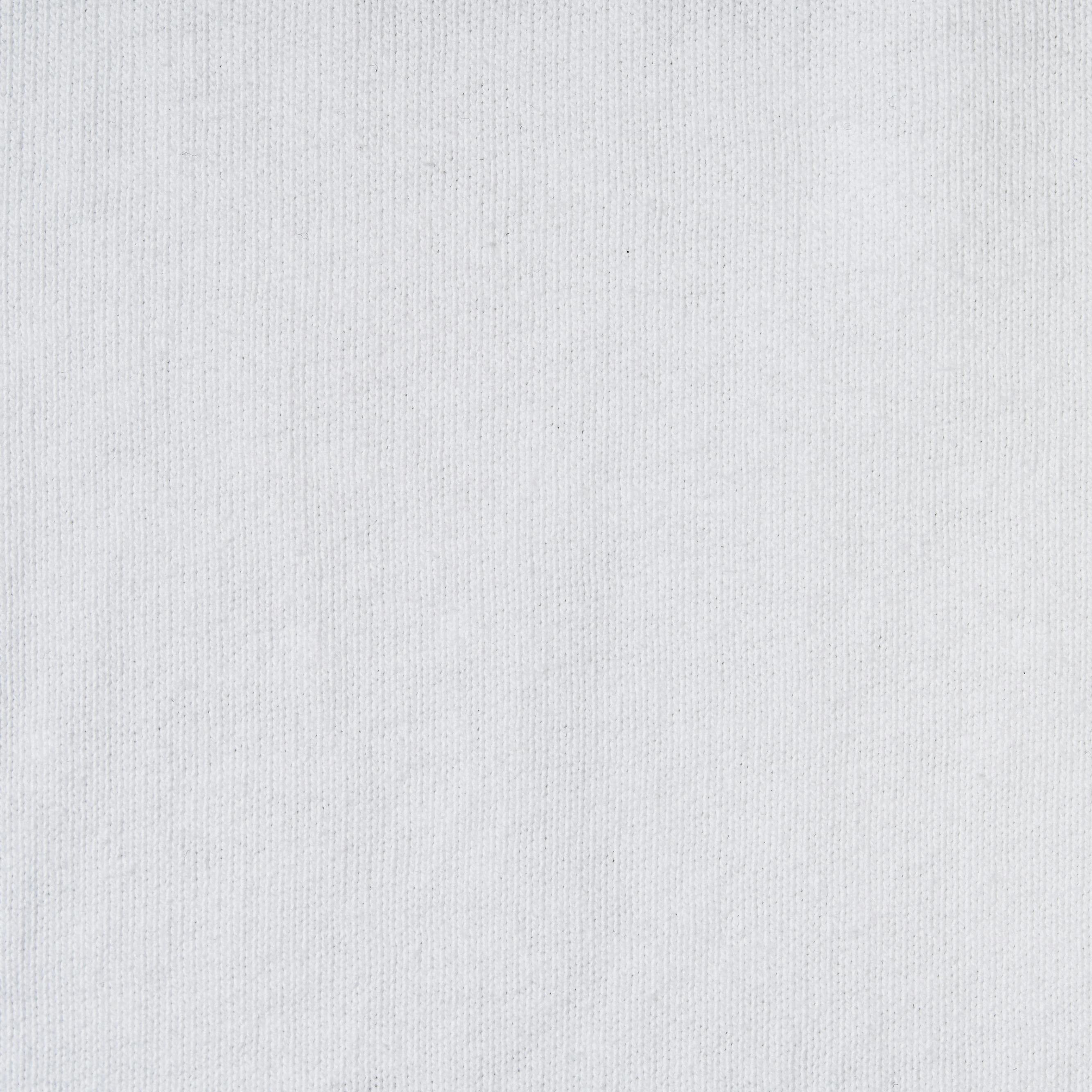

Wool is a natural long-lasting and breathable insulator that is naturally absorbent and does not capture odors.

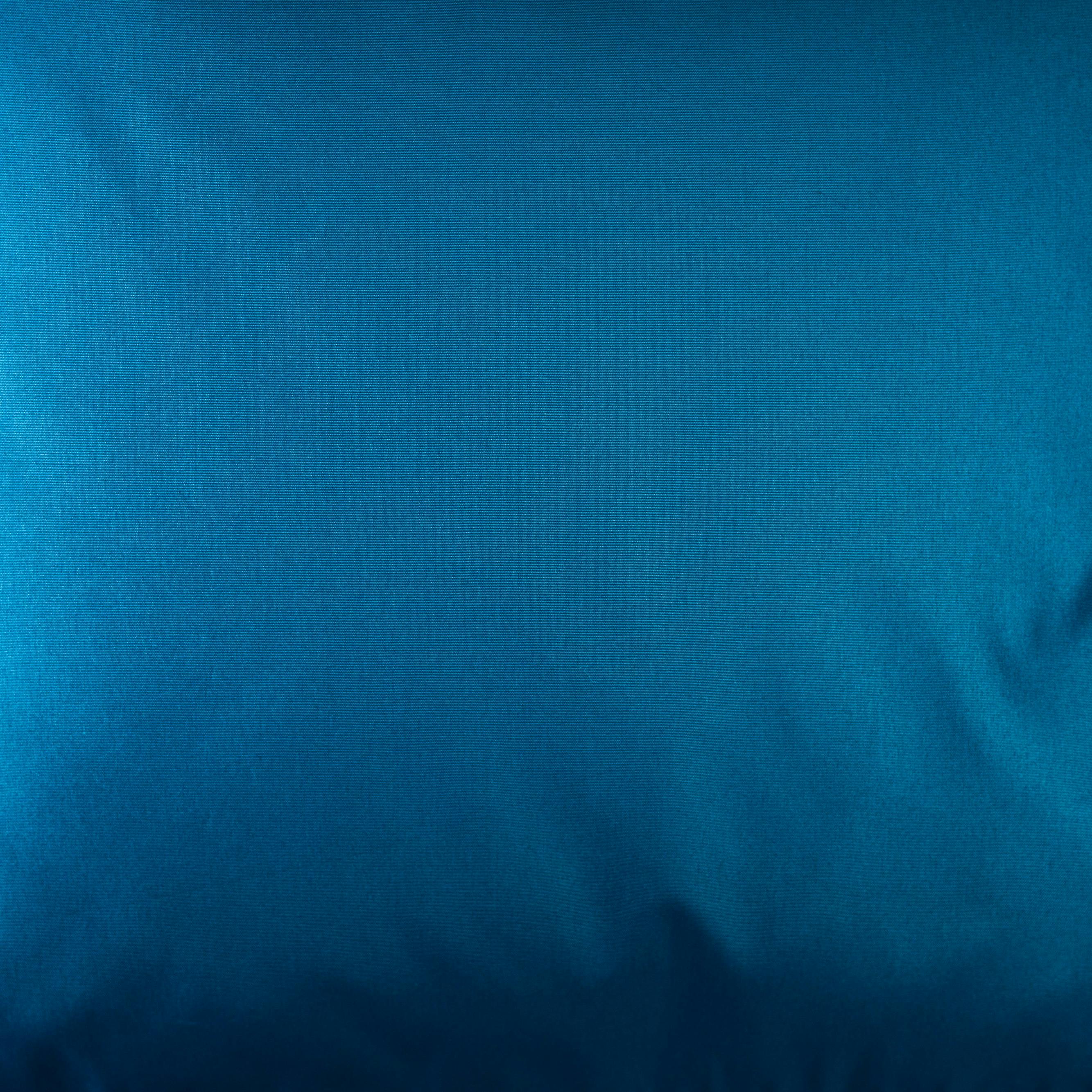
Nylon is normally used for its strength and moisture-wicking properties. Nylon fabrics have excellent toughness and abrasion resistance even in lightweight versions.
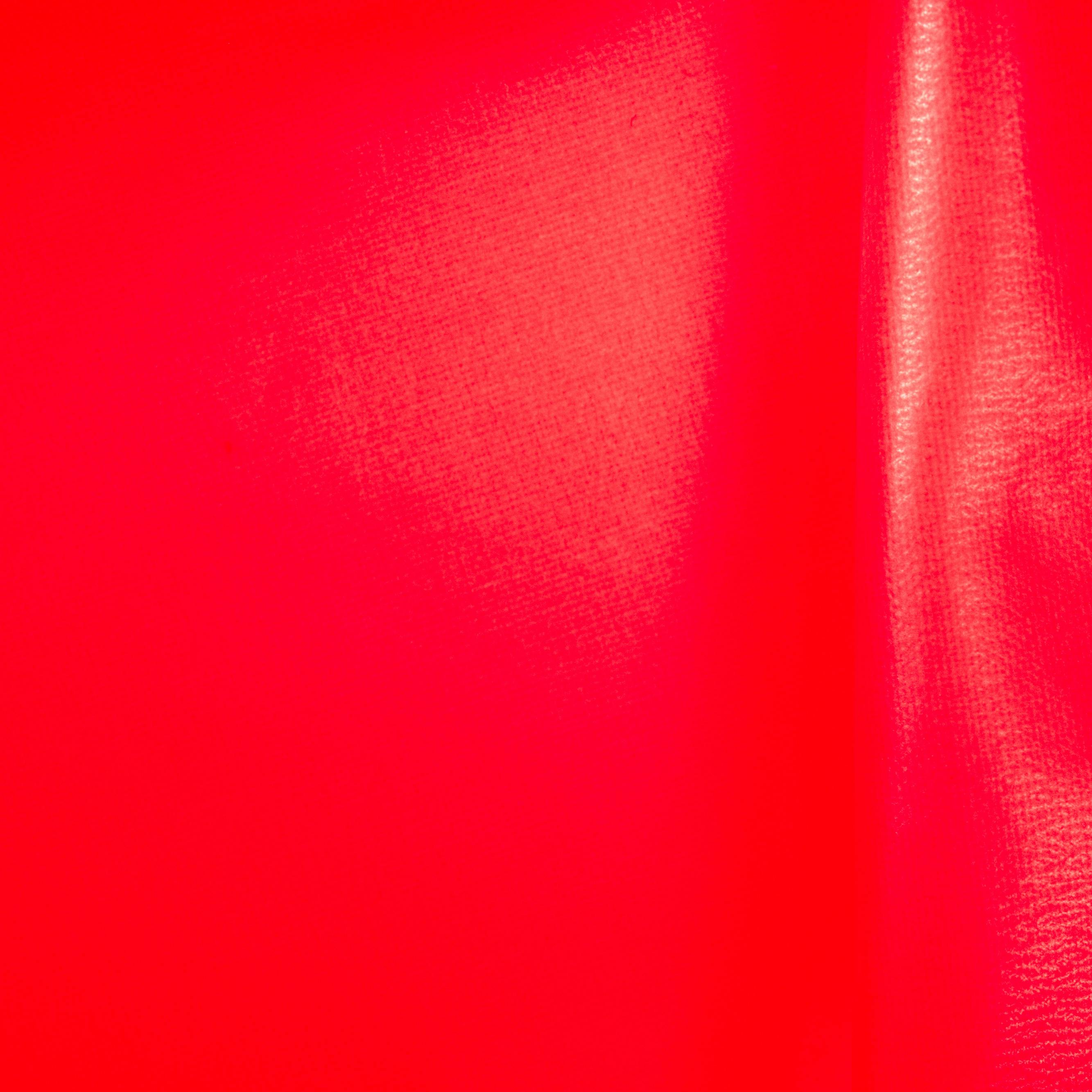
PVC coated fabrics are in use for part of our raincoats and waterproof accessories because of their strength, durability, and superior ability to withstand abrasion and distortion.
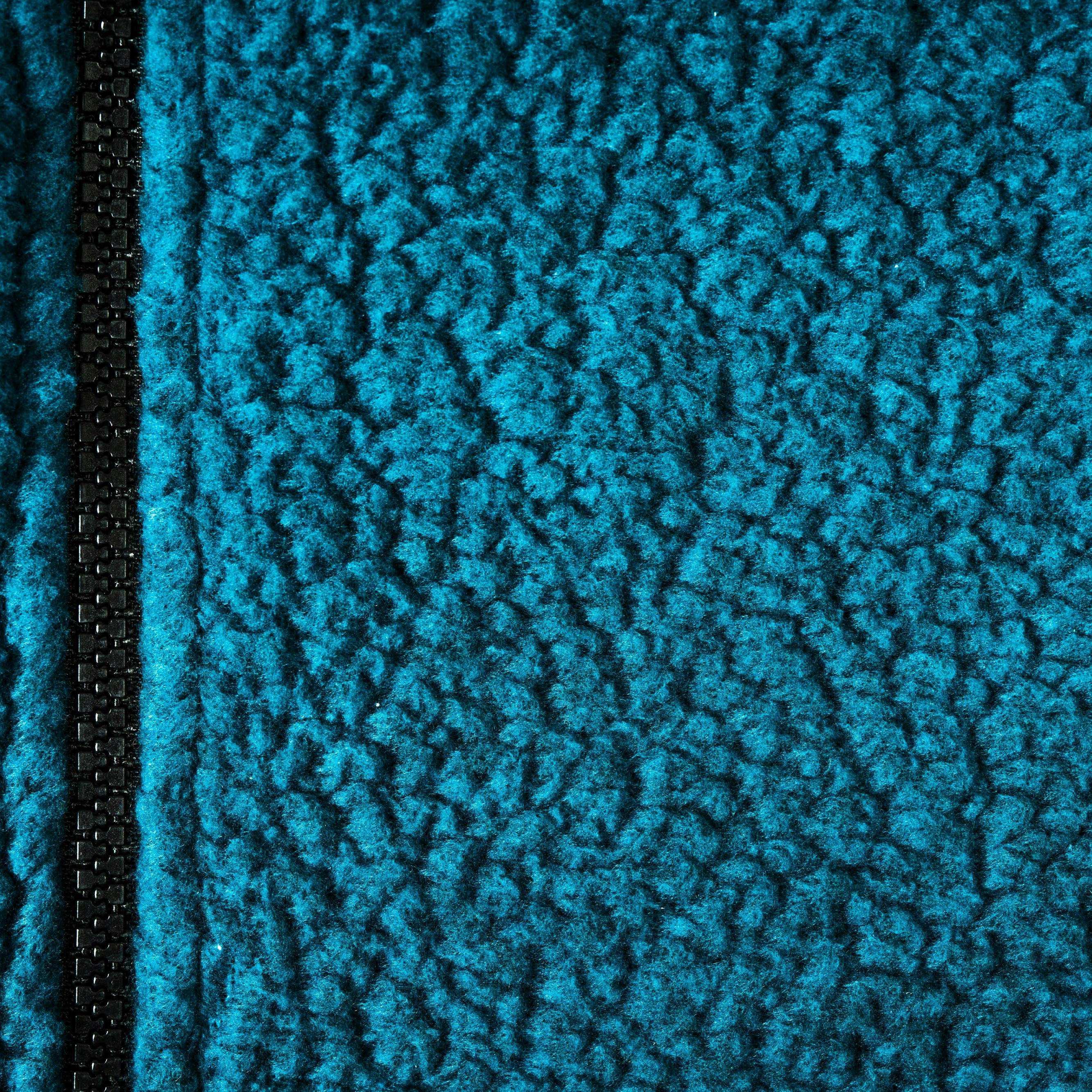
Polyester is a crucial component in many of our products due to its overall good performance in terms of outstanding durability, insulation, moisture repellence and wrinkle resistance even in its lightweight versions.
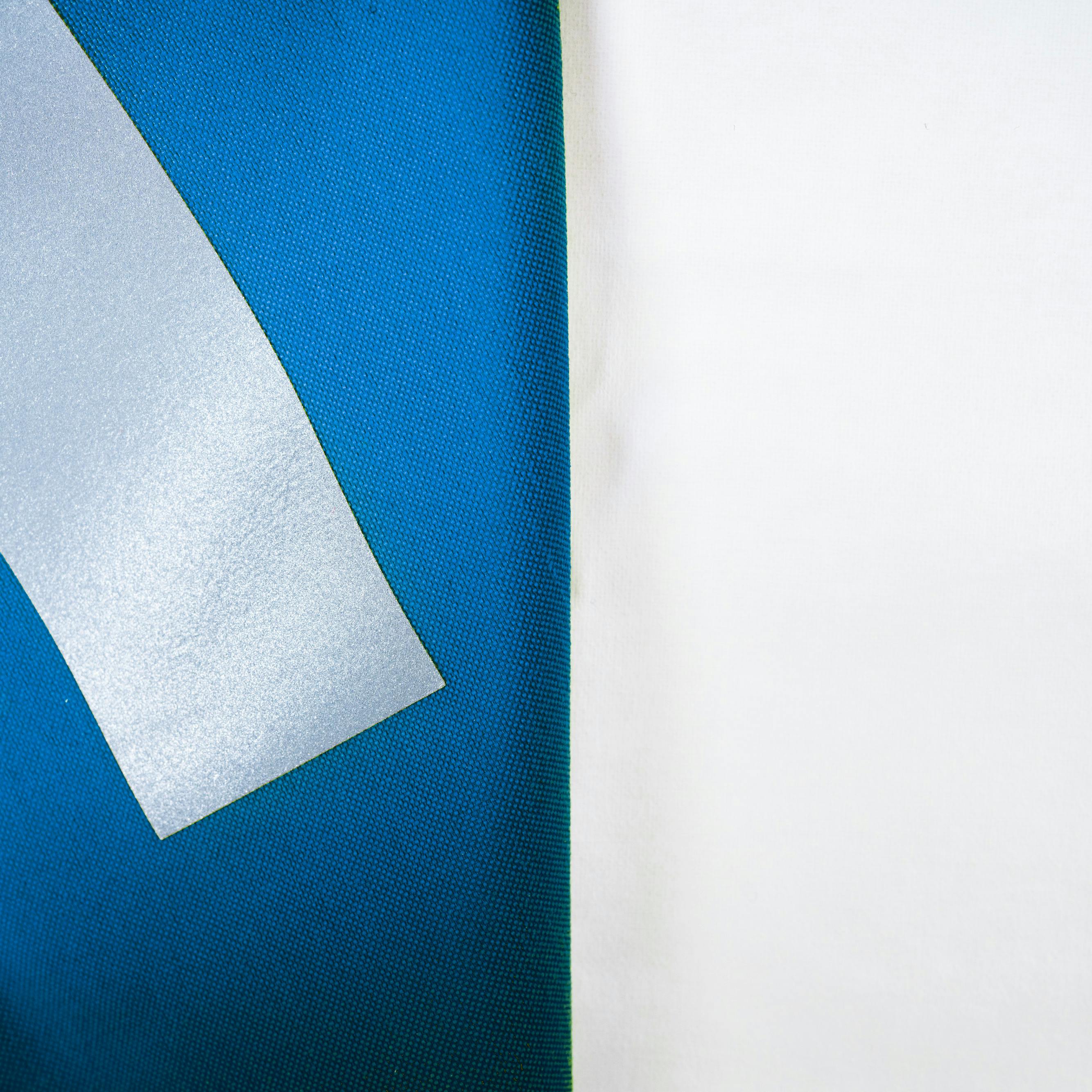
Polyurethane is a component that can be found in our fabrics, adhesives, coatings when waterproof performances are needed and in some stretch yarns.
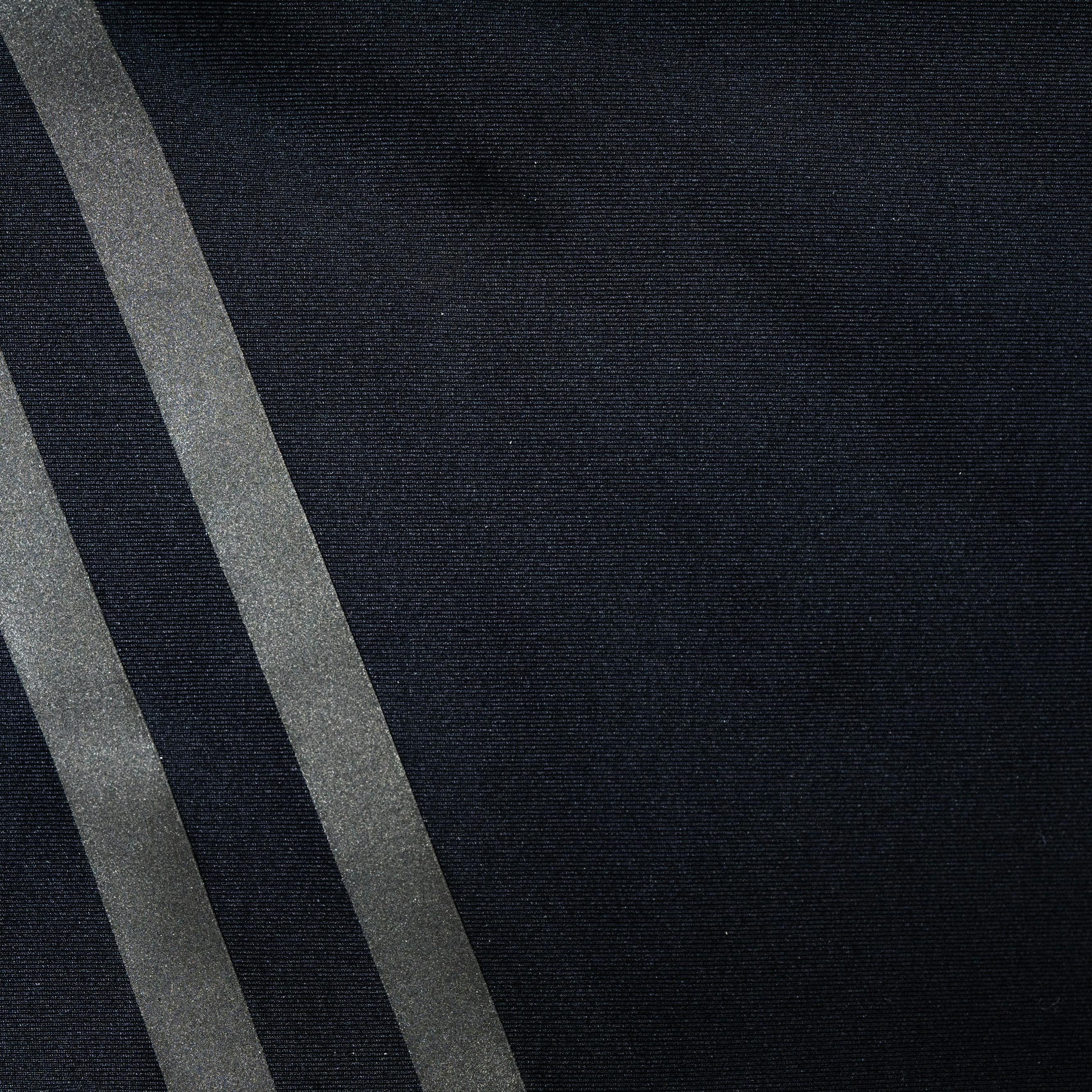
Spandex, also known as elastane and its most common commercial name Lycra, is a synthetic petroleum-based fiber that is prized for its elasticity and moisture-wicking properties.
